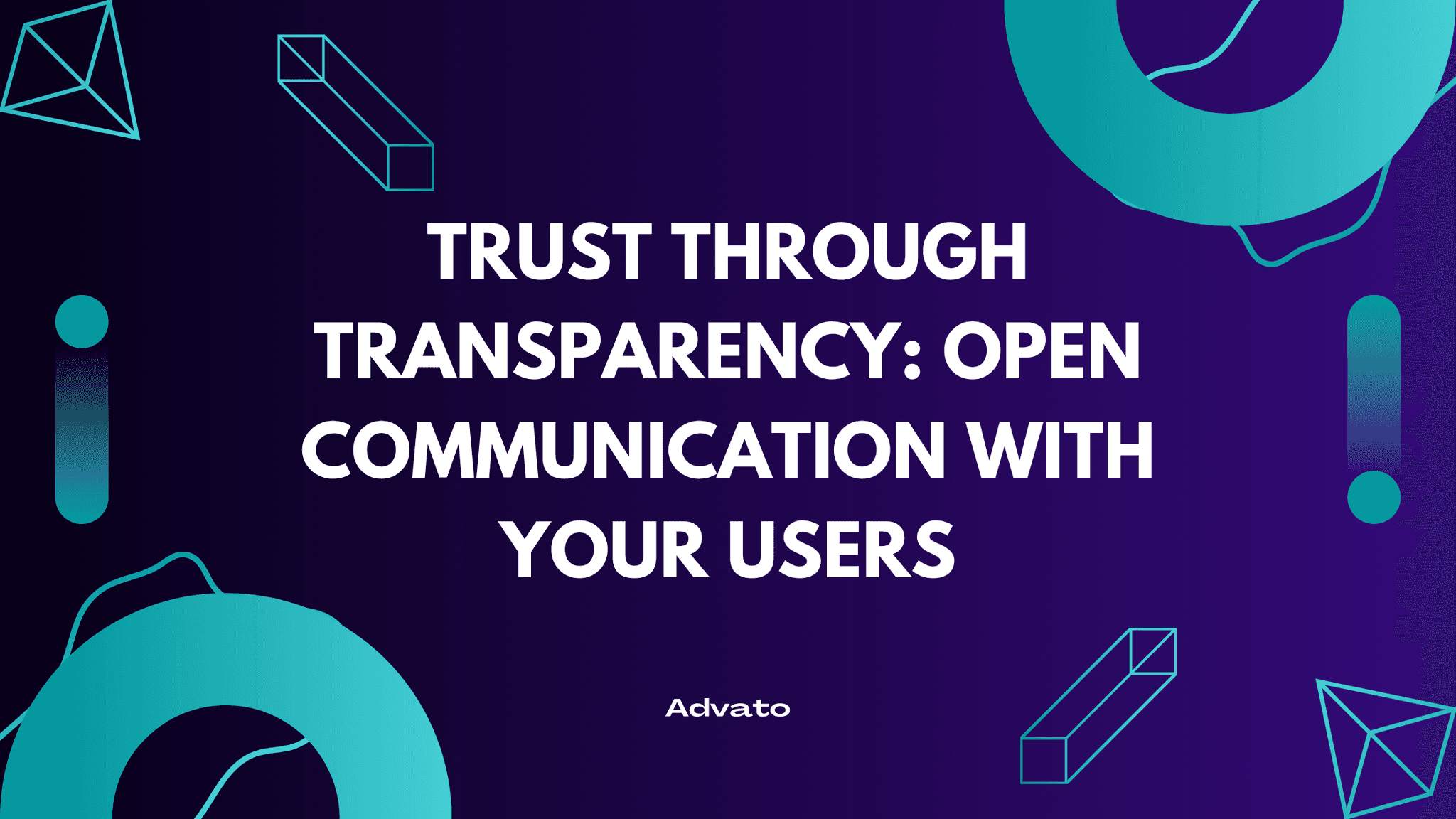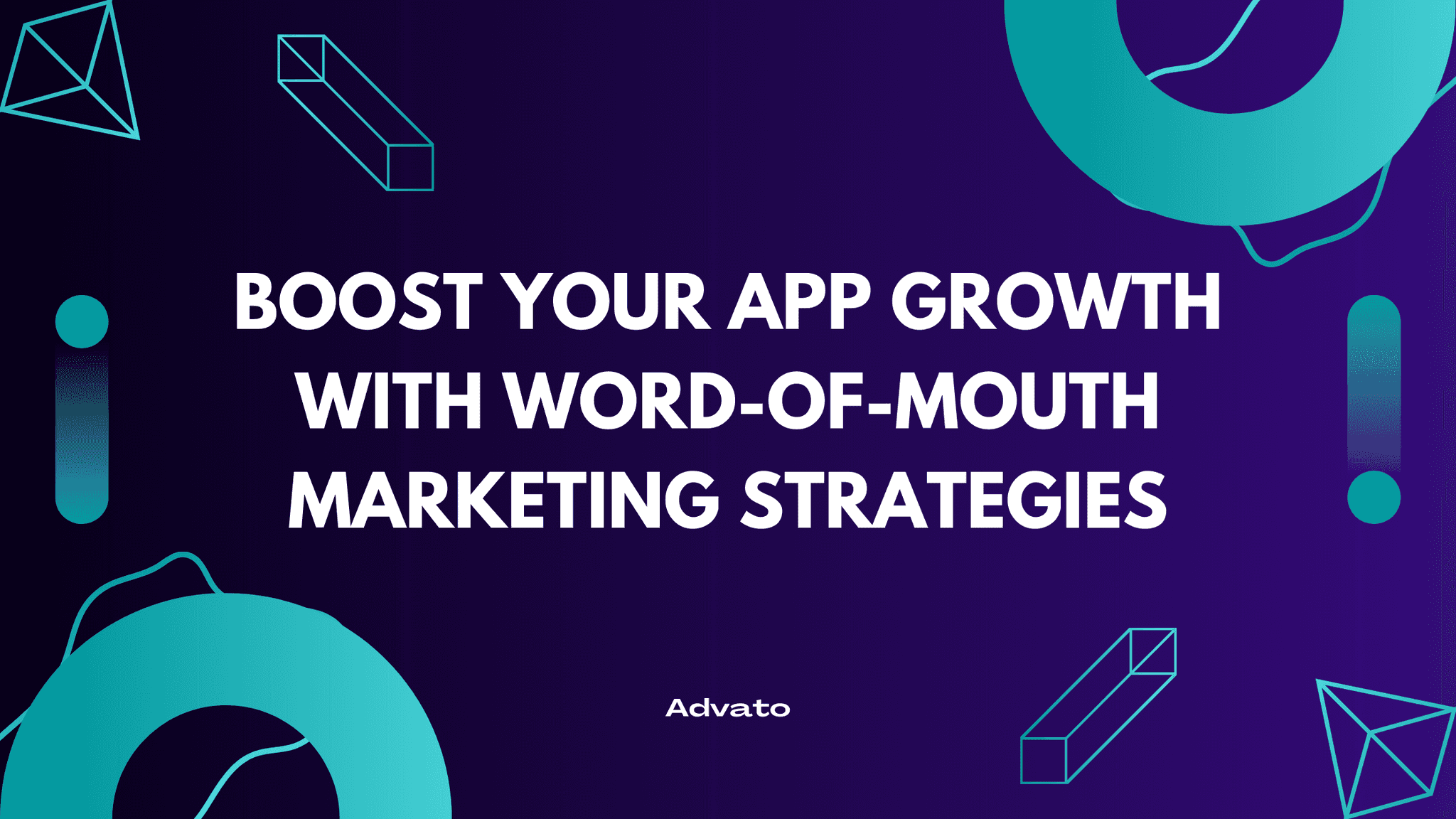Oct 12, 2024
Imagine this: you’ve managed to get a user to download your mobile app. They open it, try it out a few times, but then… they’re gone. This is a situation many app developers and marketers face, and it can be frustrating. But don’t worry—retargeting strategies are here to help bring those lost users back. In this blog post, we'll dive into effective retargeting strategies for mobile apps to re-engage lost users and help your app grow.
Why Retargeting Matters
User acquisition is tough and often costly. Once you have a user, it's much more cost-effective to keep them engaged rather than constantly seeking new users. Unfortunately, not every user sticks around, which is why retargeting is important. Retargeting allows you to reconnect with users who have either stopped using your app or significantly decreased their activity. By employing strategic retargeting campaigns, you can remind users of the value your app provides and encourage them to return.
Retargeting helps increase retention rates, reduce churn, and maximize the return on investment (ROI) of your user acquisition efforts. With the right retargeting strategies in place, you can re-engage users and turn them into loyal customers. But what are the best strategies to do this? Let’s explore.
Identifying Your Target Audience for Retargeting
Before you can start retargeting, you need to know who you should target. Data analytics plays a big role here. By analyzing user behavior, you can segment your users based on their activity levels. For instance, you can identify users who:
Downloaded the app but didn’t complete onboarding
Completed onboarding but haven’t made a purchase
Made a purchase but haven’t returned in a while
Used the app actively for a certain period but then dropped off
By understanding user segments, you can tailor your retargeting campaigns to address specific pain points or motivations. This way, your messaging will resonate better, leading to higher chances of re-engagement.
Push Notifications: The Classic Retargeting Tool
Push notifications are a classic retargeting tool—and for good reason. They allow you to reach users directly on their mobile devices, even when they’re not actively using your app. However, not all push notifications are created equal. To be effective, they need to be personalized, timely, and add value.
Personalization: Include the user’s name or reference their previous activity. For example, if a user added an item to their cart but didn’t complete the purchase, a notification like "Hey Alex, your favorite item is still waiting for you!" can be very effective.
Timeliness: Timing is everything. Sending a push notification at the right time—such as when the user is likely to be on their phone—can increase the chances of them opening your app.
Adding Value: Push notifications should provide value to the user. Whether it’s a discount, a reminder, or a piece of useful information, make sure there’s a reason for the user to click on it.
Email Campaigns: Reconnecting Beyond the App
While push notifications are great for quick, direct engagement, email campaigns offer another layer of retargeting that can be more in-depth. Email allows you to convey more information and use rich content, such as images and detailed offers, to entice users to return to your app.
For example, if a user hasn’t opened your app in a while, you could send an email that highlights new features, updates, or personalized offers. Including a clear call-to-action (CTA) like "Check out what's new" or "Claim your special discount now" can encourage users to re-engage.
Email campaigns also allow you to create drip sequences—a series of emails that gradually build interest and guide users back into your app. For example, the first email could be a simple reminder of your app, the second could showcase new features, and the third could include a special offer.
Social Media Retargeting Ads: Where Your Users Are
Many of your users spend a significant amount of time on social media platforms like Facebook, Instagram, and TikTok. Social media retargeting ads are a powerful way to reach these users where they are. By using data to create custom audiences, you can retarget users who have previously engaged with your app but haven’t been active lately.
These ads should be visually appealing and directly speak to the user’s experience. For instance, if your app is a fitness app, your retargeting ad could feature a user testimonial about how the app helped them achieve their fitness goals. Including a clear CTA like "Come back and crush your goals!" can help drive users back to your app.
Social media ads also allow you to use dynamic retargeting, which shows personalized content to users based on their past interactions. This level of personalization can significantly boost your re-engagement rates.
Incentives and Special Offers: Give Users a Reason to Return
Sometimes users just need a little nudge to return, and incentives can be an effective way to provide that nudge. Offering a special discount, a limited-time offer, or a free trial can be enough to get users to open your app again.
For example, if you have an e-commerce app, you could offer a discount on items the user previously viewed. Or if your app has a subscription model, you could offer a discount on the first month for users who return. These kinds of offers not only bring users back but also encourage them to take actions that could lead to long-term engagement.
In-App Messages: Engaging Users When They Return
Retargeting doesn’t stop when a user opens your app again—in fact, that’s just the beginning. Once users return, you need to ensure they stay engaged. In-app messages can help with this by providing contextual information or offers that are triggered based on user behavior.
For example, if a user returns after a long absence, you could display an in-app message that welcomes them back and highlights any new features or updates they may have missed. This makes the user feel valued and helps them quickly catch up on what’s new.
In-app messages are also great for promoting specific features that users haven’t yet explored. By guiding users to new or underutilized features, you can increase their engagement and make them more likely to stick around.
A/B Testing: Finding What Works Best
Retargeting is not a one-size-fits-all strategy, and what works for one user segment may not work for another. This is where A/B testing comes in. By testing different messages, offers, and visuals, you can determine what resonates best with your audience.
For example, you could test two different push notification messages to see which one gets more clicks, or you could test different ad creatives for your social media campaigns. A/B testing allows you to continuously refine your retargeting efforts, ensuring that you’re using the most effective strategies to re-engage lost users.
Leveraging Referrals as a Retargeting Strategy
One often-overlooked retargeting strategy is leveraging referrals. Encouraging your existing users to refer friends can not only bring in new users but also re-engage users who may have become inactive. By incentivizing users to share your app, you remind them of its value while also expanding your user base.
Advato makes it easy to implement a referral program that works in tandem with your retargeting efforts. By rewarding users for referrals, you can create a win-win situation: existing users come back to the app, and new users join as well.
The Role of Data Analytics in Retargeting
Data is at the heart of any successful retargeting strategy. By analyzing user behavior, you can identify the best times to send notifications, the types of offers that are most effective, and the channels that work best for different user segments. Data analytics also helps you measure the success of your retargeting campaigns, allowing you to make data-driven decisions and continuously optimize your approach.
For example, if you notice that users who receive a discount offer are more likely to return, you can double down on that strategy. Or if you see that users are responding well to a particular type of social media ad, you can allocate more budget to that campaign.
Conclusion: Win Back Your Users with Smart Retargeting
Retargeting is a powerful tool for re-engaging lost users and maximizing the value of your user acquisition efforts. By using strategies like push notifications, email campaigns, social media retargeting ads, and in-app messages, you can remind users of the value your app provides and encourage them to return. Incentives, A/B testing, and referral programs further enhance your retargeting efforts, ensuring that you’re doing everything you can to bring users back.
With Advato, you can easily implement and manage referral programs, helping you grow your app’s user base and keep your users engaged. Retargeting doesn’t have to be complicated—with the right tools and strategies, you can win back your users and grow your app further.


